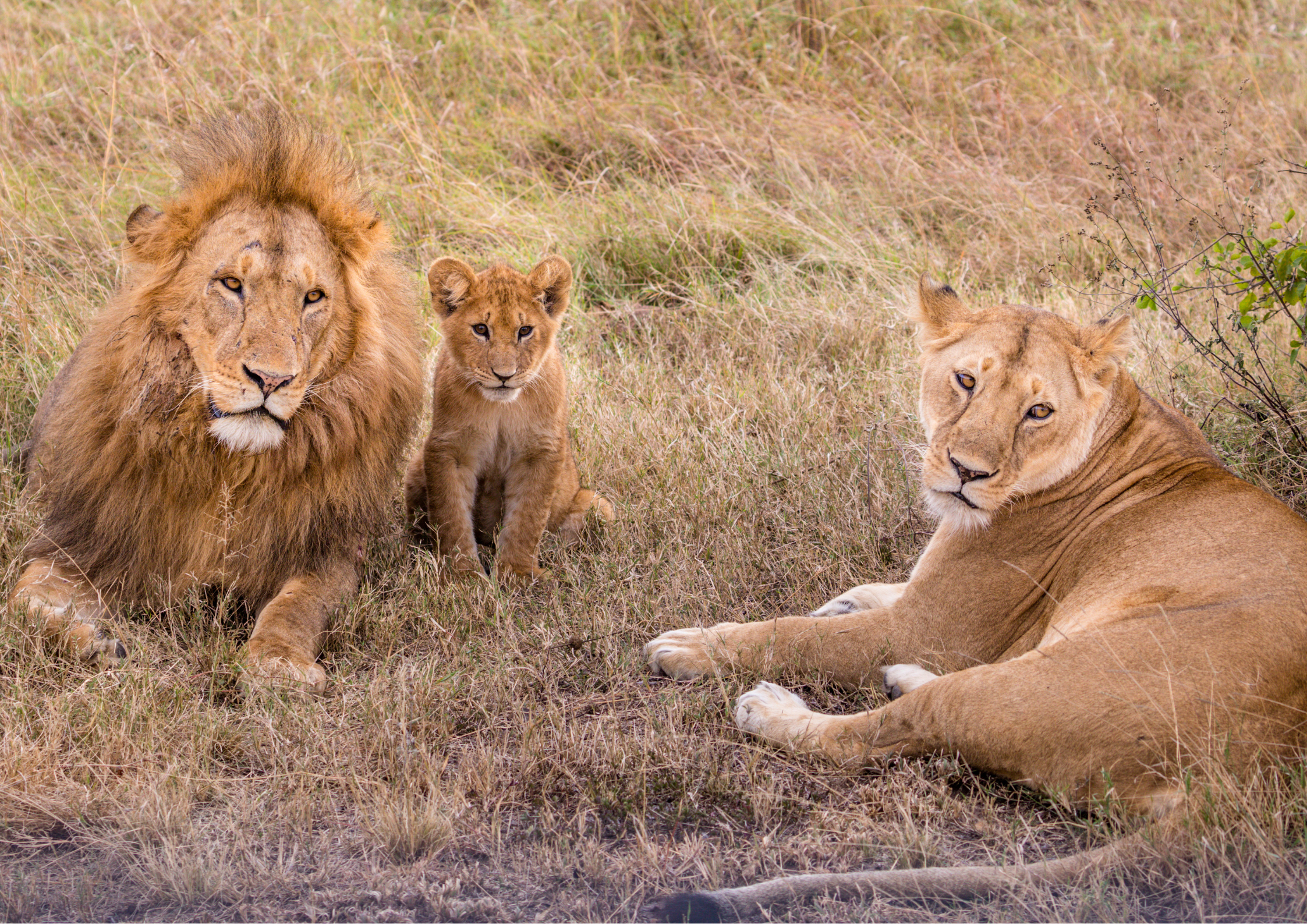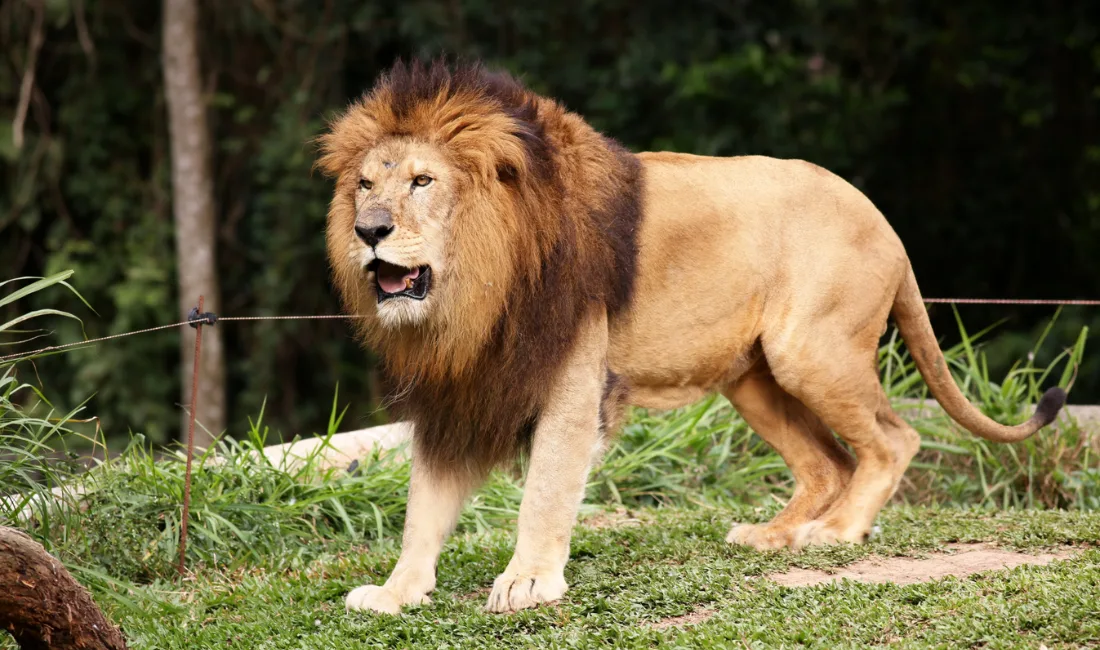Located in Gujarat, India, Gir National Park is a renowned wildlife sanctuary serving as the last abode of the majestic Asiatic lion. Spread across an area of approximately 1,412 square kilometers, the park is a biodiversity hotspot, boasting a rich variety of flora and fauna. This article delves into the enchanting world of Gir National Park, exploring its diverse ecosystem, captivating wildlife, and lush vegetation.
1. The Vibrant Flora
1.1 Dry Deciduous Forests
The landscape of Gir National Park is dominated by dry deciduous forests, which are characterized by trees that shed their leaves during a specific season. These forests are teeming with an array of plant species, including teak, jamun, umro, and dhavdo. The trees provide vital shade and nourishment to the wildlife residing in the park.
1.2 Thorny Bushes and Grasslands
The park also features vast stretches of thorny bushes and grasslands, which contribute to its diverse ecosystem. These areas are home to species such as the babul, guggal, ber, and grasses like spear grass and elephant grass. The grasslands offer a picturesque landscape and serve as ideal grazing grounds for various herbivores.
1.3 Riverine Vegetation
The presence of perennial rivers, such as Hiran, Shetrunji, and Datardi, adds another dimension to the flora of Gir National Park. The river banks harbor dense vegetation comprising species like banyan, peepal, karanj, and tamarind. These trees offer refuge to a plethora of bird species and provide a scenic backdrop to the flowing waters.
2. The Fascinating Fauna
2.1 Asiatic Lions
Undoubtedly, the most iconic inhabitants of Gir National Park are the Asiatic lions. These majestic creatures are a symbol of strength and resilience. With their magnificent manes and regal presence, they attract visitors from around the world. Gir National Park is the only place on Earth where these endangered lions are found.
2.2 Leopards and Other Predators
Apart from the Asiatic lions, the park is also home to other formidable predators, including leopards. These elusive and agile creatures roam the forests stealthily, showcasing their incredible hunting skills. Other predators such as hyenas, jackals, and Indian foxes can also be spotted in Gir National Park.
2.3 Large Herbivores
Gir National Park boasts a diverse range of large herbivores that form a vital part of its ecosystem. The park provides a natural habitat for animals like spotted deer, sambar deer, nilgai, and chital. These herbivores contribute to the balance of the park by maintaining the vegetation through grazing.
2.4 Avian Delights
With over 300 bird species, Gir National Park is a haven for birdwatchers and ornithology enthusiasts. The park provides a conducive environment for both resident and migratory birds. Species like the paradise flycatcher, painted stork, white-eyed buzzard, and Indian eagle-owl can be spotted amidst the lush foliage.
Conclusion
Gir National Park stands as a testament to the conservation efforts aimed at protecting India’s rich biodiversity. The park’s unique ecosystem sustains a remarkable variety of flora and fauna, including the awe-inspiring Asiatic lions. It serves as a reminder of the importance of preserving natural habitats and safeguarding endangered species. A visit to Gir National Park offers an unforgettable experience, immersing visitors in the captivating world of nature.
FAQs
Is Gir National Park only known for its Asiatic lions?
Yes, the park is primarily renowned for being the last abode of the Asiatic lions.
Are there any accommodations available near Gir National Park?
Yes, there are several resorts and lodges near the park that offer comfortable accommodation options.
Can visitors explore the park on foot?
No, for safety reasons, visitors are not allowed to explore the park on foot. Safari tours are conducted in designated vehicles accompanied by trained guides.
What is the best time to visit Gir National Park?
The best time to visit is from December to April when the weather is pleasant, and wildlife sightings are more frequent.
Are there any restrictions for photography within the park?
Visitors are allowed to take photographs, but the use of flash is strictly prohibited to avoid disturbing the wildlife.




